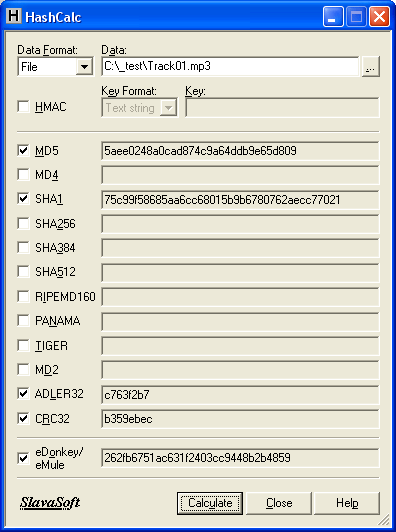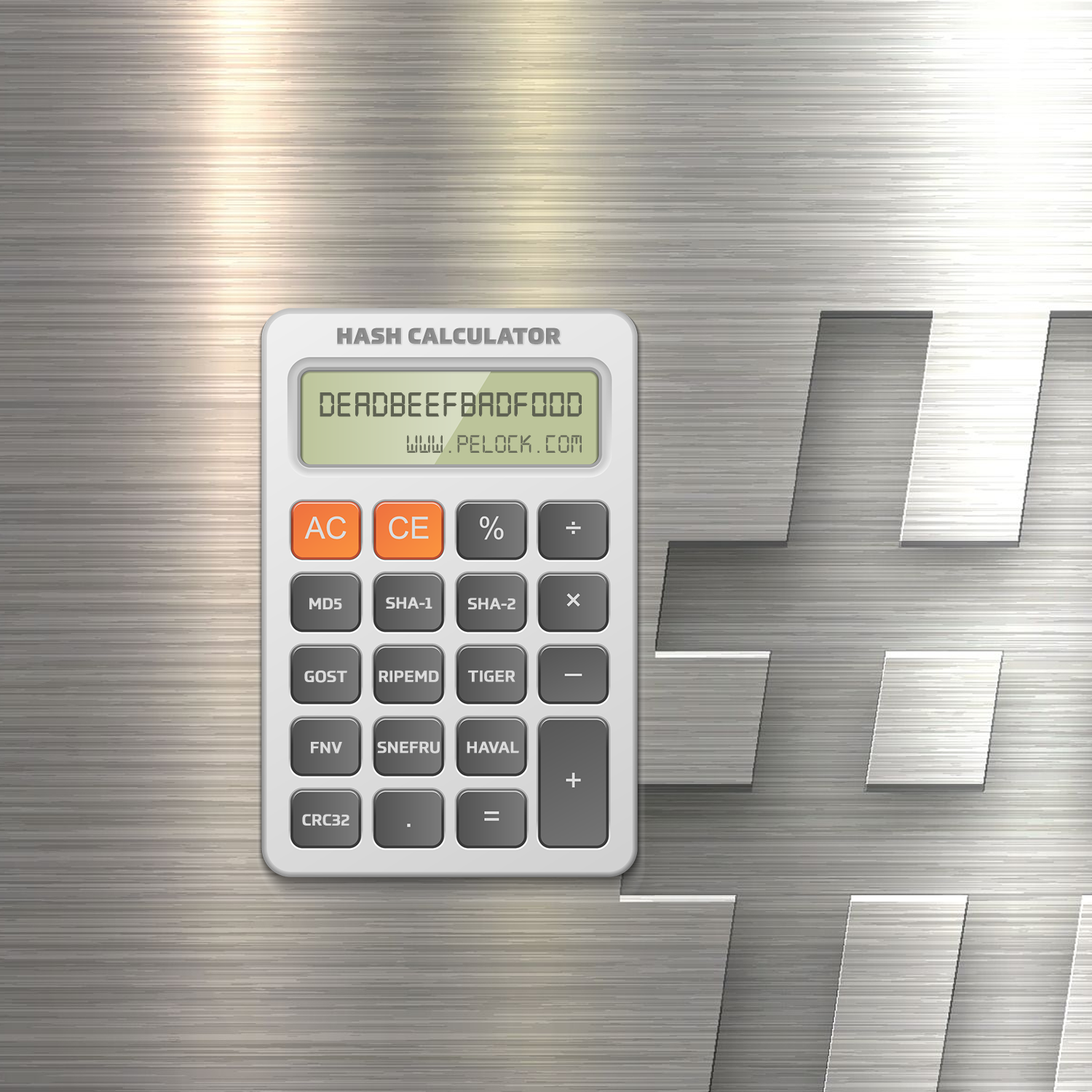

The calculator has a simple, user-friendly interface, which makes it simple to work with. Someone uses it to calculate the potential mining profitability, while others determine cryptocurrencies that do not need to be mined. That's still a large domain, so hash collisions (when two inputs map to the same output) would be extremely rare.WhatToMine is a popular service among miners, which is considered to be one of the best calculators. Thus even if a block has a large number of transactions all that is stored is the root hash of the Merkle tree.Īny changes to the source will be apparent if the same merkle procedure is applied to both files, small changes at the leaves propagate upwards and change the resultant hash.Īn interesting lemma is that as a "storage" mechanism, hashes are "lossy" such that starting with a 2000 character file, and eventually getting a 40 digit hex number The original encoding of 2000 characters with 78 possible characters(making bounds on this approximation) has 9.582e+3772 possible files that could be represented, while the hashing function can only map that range to 1.106e+47 outputs in the domain. A blocks header is the top hash of applying the Merkle procedure to a the data contained in the block. From there you take the hash of the concatenation of the child nodes, and propagate the value up to the parent, continuing this process up the tree until a final hash is generated. So to construct a Merkle tree you make a tree data structure with each of the leaf nodes containing the hash of a section of the data to be stored. Changing even a single bit would change the value returned by the hash function.īlah blah, that's boring, what does any of this have to do with ethereum and blockchains? Well, the data in the blockchain can be "stored" by storing the hashes of data, such that you can at least verify that that's the datum whose hash was stored if you have the datum to hash yourself and check against the one in the blockchain. Since the hash of the original file always maps to the same G with the same hash function, the recipient can just take the hash of the file and compare it with a published hash of the file and see that they match.

With a hash we can do this much more easily.
#Etherium hash calculator download
First is data integrity, if you wanted to download a copy of the file, you would need a verified copy already to compare with to ensure that it was the same one and not tampered with to go through and make sure every byte is the same. Now some interesting properties can be examined. G will be a string representation of (in this case) a 5 digit hexadecimal number(hashes like sha give you 40 digit hex numbers), lets say 0x5a3b1.

You can take the hash of the file by converting it to a string and then taking the hash of it, hash(F) -> G. It is also used to verify the integrity of data.
#Etherium hash calculator password
You use hashing operations for many different applications from data storage and lookup to logging into any password protected environments. A hash function will ideally map the domain uniformly over the range such that any input that is in the domain will have a pretty even probability of being anywhere in the range vs more likely to be in a certain section. There is no inverse of the hash operation, so you cannot go from output to input hash^-1(p) -> s. This is a deterministic procedure in that given an s, the same hash() will produce the same p. For any string s we can find the hash by applying our hashing function, which will return a new string. A hashing function is a one way(non invertible function) that maps a set of inputs to a set of outputs hash(s) -> p, where for our purposes s and p are both strings. In order to understand what the block header is you need to understand what a hashing function is. The block header is the hash returned from generating a Merkle tree that is below the current difficulty target for the blocks data.


 0 kommentar(er)
0 kommentar(er)
